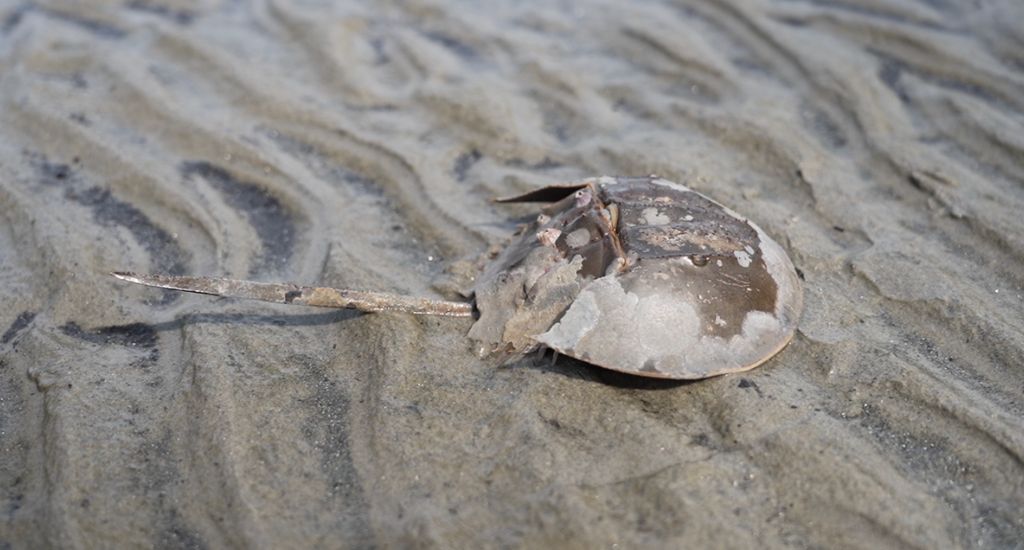
Horseshoe crab – the living fossil on brink of extinction
It has been living for 450 million years and has survived five mass extinctions, but the horseshoe crab is now in danger because of overexploitation of marine resources by humans.

It has been living for 450 million years and has survived five mass extinctions, but the horseshoe crab is now in danger because of overexploitation of marine resources by humans.
Older than dinosaurs, horseshoe crabs are the true blue-blooded folks of the blue planet.
Until a few years ago, these ancient mariners sunning on wave-tossed sandy beaches of Odisha and West Bengal presented a common sight— as if simulating a sombre shoreline scene of helmets of fallen soldiers from a war movie.
But such sightings are getting rare, according to locals in Bakkhali, a fisherman’s settlement by the Bay of Bengal that has grown into a resort township on the back of its crescent-shaped beach.
“We have not seen them in large numbers for the past four or five years,” said a fisherman from Laxmipur village, which is located adjacent to Bakkhali in the Sundarbans delta, 125 km south of Kolkata.
He can’t tell why, but conservationists know. The horseshoe crabs, a 450-million-year-old living fossil, are being pushed to the brink of extinction in India’s eastern waters because hundreds of them are scooped up from their sea-floor habitat as a bycatch by bottom-trawling nylon fishing nets and left on the shore to die.
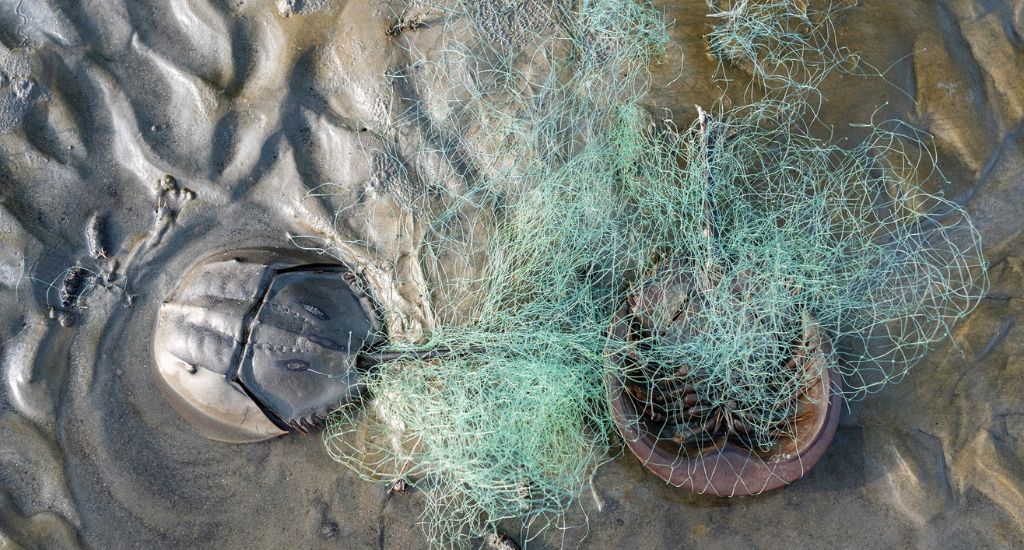
Escalating human impacts such as plastic pollution at sea and on shore, habitat degradation due to construction near the beaches and climate change have also played a role in reducing the horseshoe crab population.
Their “disappearance” from the Bakkhali beach is a stark siren for the marine ecosystem, and coastal communities and economies that depend on it. Overfishing and environmental changes have already devastated near-shore fishing stocks, while pollution is harming important ecosystems such as coral reefs and mangroves.
The Indian horseshoe crab (Tachypleus gigas) and the mangrove horseshoe crab (Carcinoscorpius rotundicauda) inhabit Indian waters off Odisha and West Bengal, the latter being at home in the mangrove swamps and mudflats of the vast Sundarbans. They are among the four species found in the world.
The aquatic arthropods shaped like helmets, with long tails and 10 legs, are sometimes called a stabilomorph, a body design that evolution got so right, it hasn’t had to change.
Also Read | Elephants to buffaloes – species you didn’t think are endangered
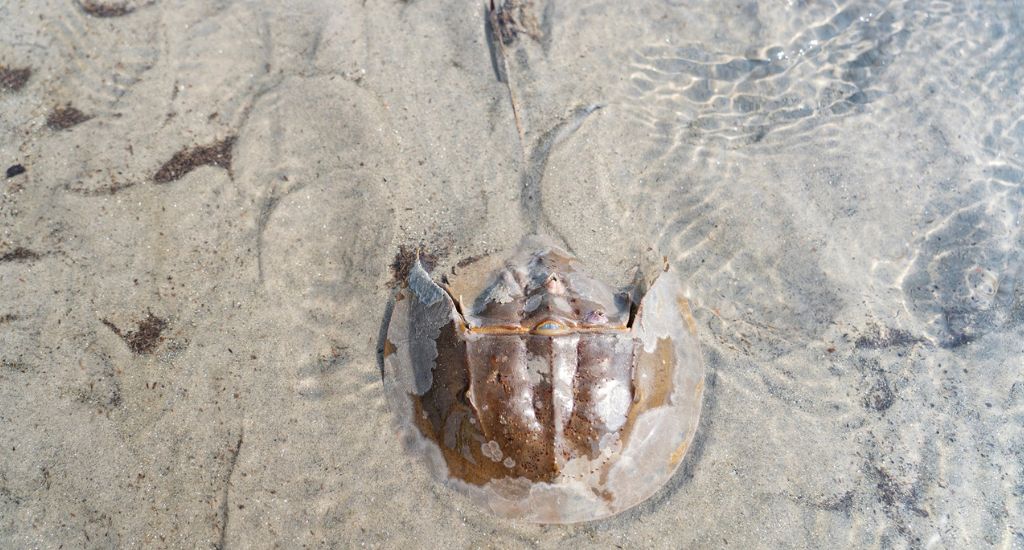
Sectioned into three parts, horseshoe crabs have the heart and brain in the head, gills and legs in the torso, and a tail that acts as the rudder and a jemmy to flip back on their legs from an upturned position.
They’ve been scurrying along the brackish floors of coastal waters for hundreds of millions of years, feeding on small clams, crustaceans, worms and even algae. They don’t have jaws and teeth, and they crush food with the last pair of their legs before putting it in their mouth.
Horseshoe crabs spawn during new moon and full moon phases in the spring and early summer, with the male grabbing the female and riding shore together during high tide. The females lay up to 1,20,000 eggs that take about two-four weeks to hatch. Their eggs are considered a primary fat source for shore birds.
The oddities don’t end there. They are more akin to scorpions than crabs, and survived five mass extinctions, including that of the cold-blooded reptilians from a time when earth was one big Jurassic park.
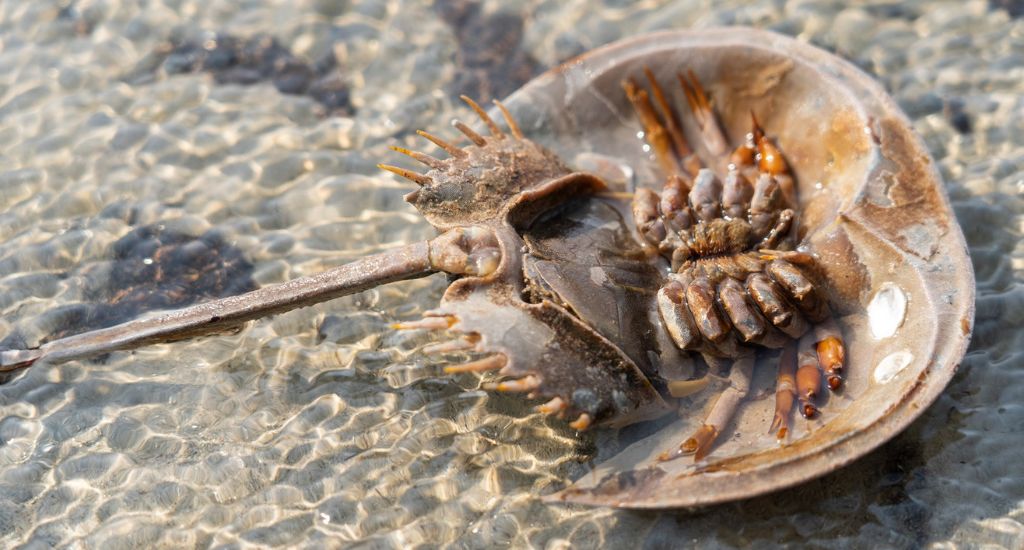
But humans are proving to be a more formidable foe than runaway space rocks raining down and periodically annihilating most lifeforms on earth.
In Asia, where horseshoe crabs are also eaten by humans, the tri-spine species is listed by the International Union for Conservation of Nature as at risk of extinction.
Thousands are killed annually for bait or caught incidentally by commercial fishermen hunting other marine species. The carcasses are used to make fertilisers and hog feed, or boiled in oil to make traditional pain remedies.
It has been living for 450 million years and has survived five mass extinctions, but the horseshoe crab is now in danger because of overexploitation of marine resources by humans.
Also Read | Tracking endangered northern river terrapins
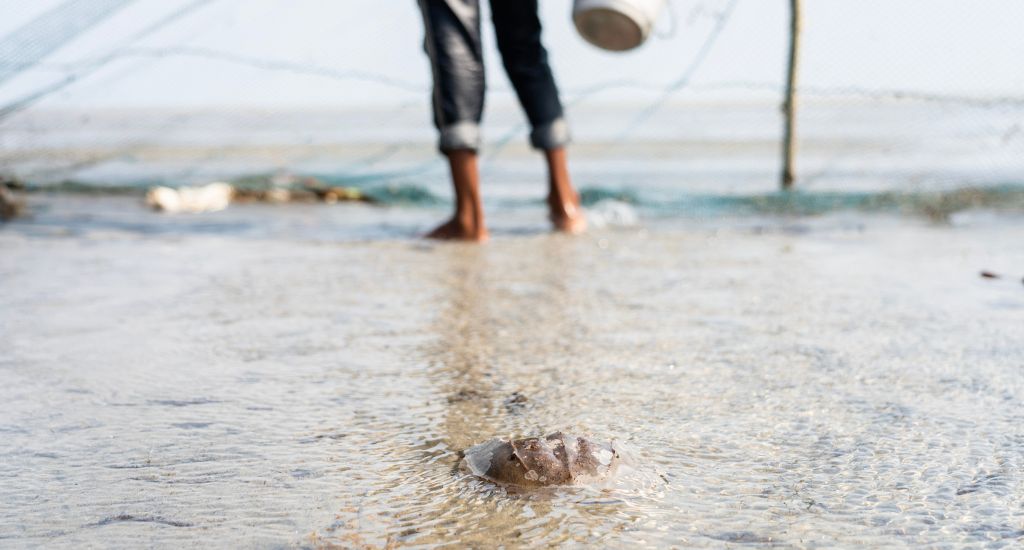
Punyasloke Bhadury, a professor of biological science at the Indian Institutes of Science Education and Research describes the horseshoe crabs as a keystone species that play a major role in the ecosystem by churning out sediments as they look for their food which in turn maintains a healthy breeding ground for fishes, finally resulting in a productive ocean environment.
“If the horseshoe crab is removed from the coastal ecology, the entire nearshore food chain will fall apart, leading to catastrophic disasters,” Bhadury said. “Their activity supports carbon cycling, which is the process of reuse, recycling and exchange of carbon between the biosphere, hydrosphere and atmosphere of the earth enabling necessary climatic processes such as rain which is crucial for the sustenance of life on the land.”
If you’ve received a vaccination, hip replacement or chemotherapy without suffering toxic shock, chances are you’ve benefited from the bloodletting of a prehistoric animal.
Horseshoe crabs’ copper-rich blood — the mineral gives it a striking blue colour—has helped them survive since before the dinosaurs by clotting around endotoxins, the potentially dangerous molecules found in cell walls of bacteria like E.coli. Their blood is a critical component of tests to ensure injectable medications such as vaccines aren’t contaminated.
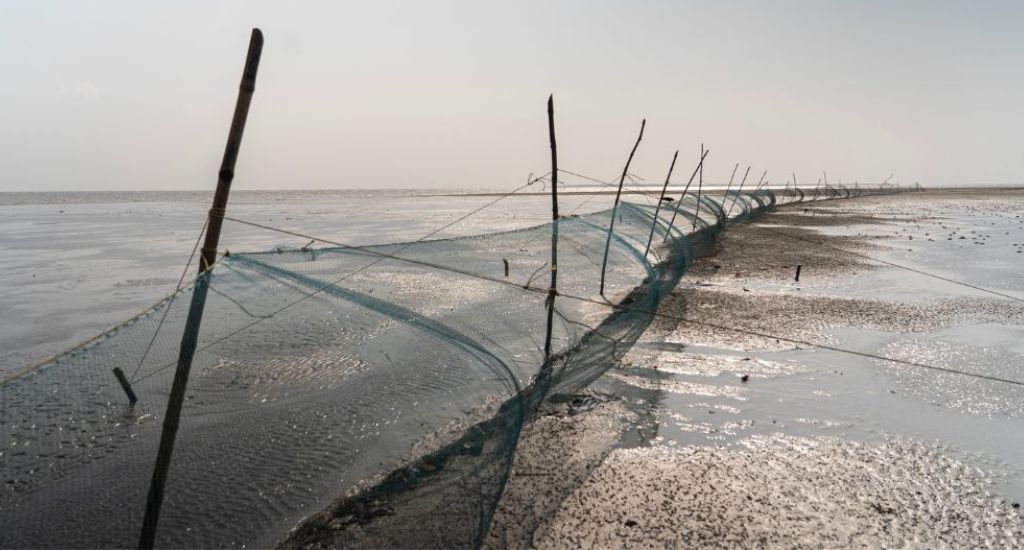
Scientists harnessed nature’s ingenuity, using crab blood to make amebocyte lysate (LAL) endotoxin tests which, by the 1970s, began displacing tests on rabbits that were injected with medicine and then monitored for fever.
Also Read | The critically endangered Great Indian Bustard (GIB)
With thousands of horseshoe crabs captured and bled of their prized blood each year, conservation groups are now stepping up their advocacy efforts and taking legal action to help save the animal and the other species that rely on them.
A synthetic alternative to crab blood has existed since the late 1990s, but is yet to be widely accepted. Some scientists say the substitute could do more to ensure the population’s long-term survival.
The lead image at the top shows a horseshoe crab that got stranded after high tide at the beach of Laxmipur in West Bengal. (Photo by Sudip Maiti)
Sudip Maiti is a Kolkata-based independent photographer and filmmaker.